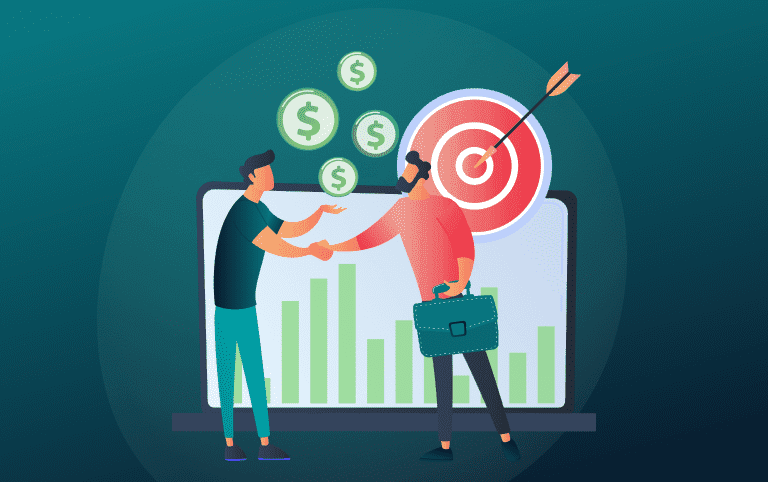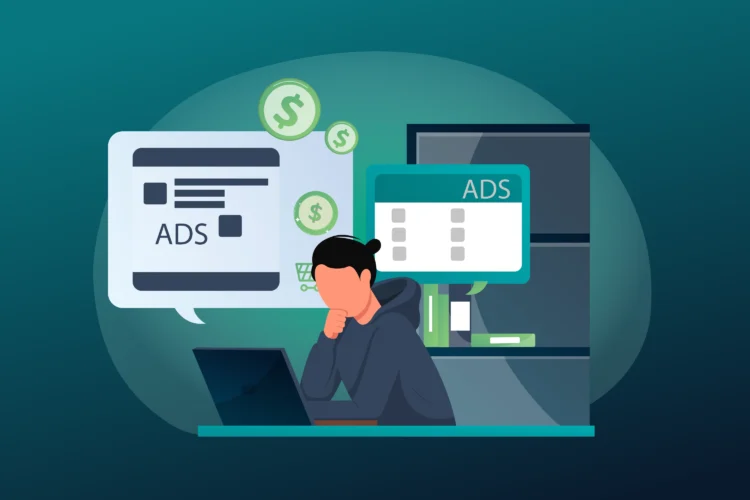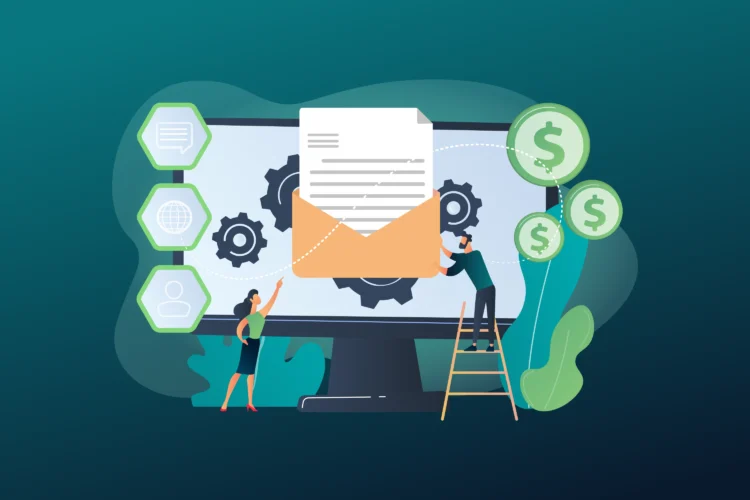
Let’s talk about one of the key customer acquisition metrics that can, on its own, tell you a lot about the health of your current marketing campaign – customer acquisition cost (CAC). We will tell you what CAC is and why it is important, explain how to calculate it, and also what you can do about it to get the most out of your marketing budget. Let’s hunt!
Why CAC is important for Saas?
Customer acquisition cost will tell you the amount of money you pay to acquire a new customer.
For SaaS, this number is exceptionally important. Because of the subscription-based pricing model, SaaS products will rarely be able to get the customer acquisition investment back in one go.
It’s much more likely that the customer will need to stay subscribed for months for the CAC investment to make sense (we will talk about the CAC Payback period a bit later). For that reason, the relationship between CAC and CLV (customer lifetime value) is of huge importance for SaaS companies.
How to calculate CAC
Fortunately, the formula to calculate your CAC is quite simple:
CAC = (Total marketing + total sales spend) / number of acquired customers
So, for example, if in a period of one year, you have spent $15k on sales and marketing activities, as a result of which you have closed 43 sales, your CAC is $349 ($15k/43). That means that you spend, on average, $350 to get one new customer
How to caclulate CAC Payback period
Once you have your CAC number, the second crucial step is to calculate its payback period – how much time will take for you to get back your investment, and start making a profit out of that customer.
The formula is simple – you need to divide your CAC by the cost of your subscription. You can do this for each of your plans.
Let’s give an example, let’s say you have 3 plans:
- Basic: $19/mo
- Pro: $59/mo
- Enterprise: $99/mo
In our previous example, we had calculated that our CAC is $350. So, to get our investment back, let’s calculate the CAC payback period for each of our plans:
- Basic: CAC/plan price = $350/19 = 18.5
- Pro: CAC/plan price = $350/59 = 6
- Enterprise: CAC/plan price = $350/99 = 3.5
That means it will take us between 4 and 19 months to get our investment back, depending on the subscription plan the customer has chosen.
How to reduce CAC
From the example above, you can see the huge difference between the 4 and 19 months it would take to get the marketing and sales investment back.
To make things even worse, not only that acquiring an enterprise customer pay off sooner, but it is much more likely that a customer will stay for four months, than nineteen.
For that reason, it is of utmost importance to try to reduce CAC, or at least, shorten the CAC payback period. Here are some ideas:
Improve your targeting
The most obvious step to take is to optimize your marketing and sales expenses and ensure each of your hard-earned $ is spent to make an impact. If you manage to reduce expenses without reducing the number of acquired customers, you are probably doing a good job (we will expect the “probably” part later).
To do that, you should double-check your targeting. If you are aiming too broad, the chances are you are going to miss a lot, which is why it makes sense to pick a niche, and a target customer group, and double down your efforts on them.
Consider a referral program
Referrals are great as you don’t have to do or invest anything upfront to get a customer – your affiliate worries about that.
The only thing you do is get them a percentage of the subscription fee the new customer pays.
Because of this, and even though they are unpredictable, referrals are a great option to reduce your CAC.
Increase CLV (customer lifetime value)
While increasing how much you get from each customer won’t directly decrease CAC, it will certainly do a lot for your business as a whole. If your business model revolves more around keeping current customers happy and is less dependent solely on finding new leads and convincing them to buy, your cash flow will be much more predictable.
Of course, both are important, but try not to be one of those SaaS businesses we often see, that make big promises, and deliver next to nothing, showing a huge discrepancy between their ratings on the paid review websites, and those their actual paying customers leave.
We will get to the CLV : CAC ratio a bit later, and tell you how it should ideally look.
Incentivize premium plans
If your CAC payback period is massively different between cheaper and premium plans, it will make sense to reduce that gap by offering incentives for those more expensive plans.
Even though that will increase the CAC payback of premium plans, the customers will be more likely to select them, instead of the cheaper ones they would otherwise get if there wasn’t a discount.
That way, you will drastically shorten the CAC payback period, and will still have a chance to retain subscribers on your most expensive plans, even when the discount period is over.
CLV : CAC ratio
Lastly, let’s briefly talk about the importance of the CLV to CAC ratio. Logically, you want to get the most money possible for the least amount of the invested, right?
If our CLV is, let’s say, $900, and we pay $350 to get a new customer, then the CLV : CAC ratio is $900/350=2.6
That isn’t too bad, but, it can be improved. Ideally, you want to keep your CLV : CAC ratio between 3:1 and 4:1.
But, why not try to get as much money as possible for each $ invested, and aim for a CLV : CAC ratio of 5+?
That is rarely a good idea. If your CLV to CAC ratio is 5:1, or far beyond that, it is a telltale sign you are not investing enough in your marketing and sales activities. Remember, the goal is not only to get the most out of the money you invest – you also want to earn as much as you can.
Therefore, a CLV : CAC ratio that is between 3:1 and 4:1 will ensure you are getting the most out of your marketing and sales budgets, without compromising your overall revenue.
Conclusion
As you can see, determining the B2B SaaS customer acquisition cost is of exceptional importance.
But, ensuring your CAC stays low, and the CAC payback period short, while simultaneously not compromising the overall revenue by cutting back on your marketing and sales costs too much can be tricky.
Bounty Hunter has plenty of experience working with SaaS businesses in various niches by setting up bold marketing strategies that get the most out of the investments, and ensure steady growth, so if you ever need help with your marketing activities, don’t hesitate to reach out.









